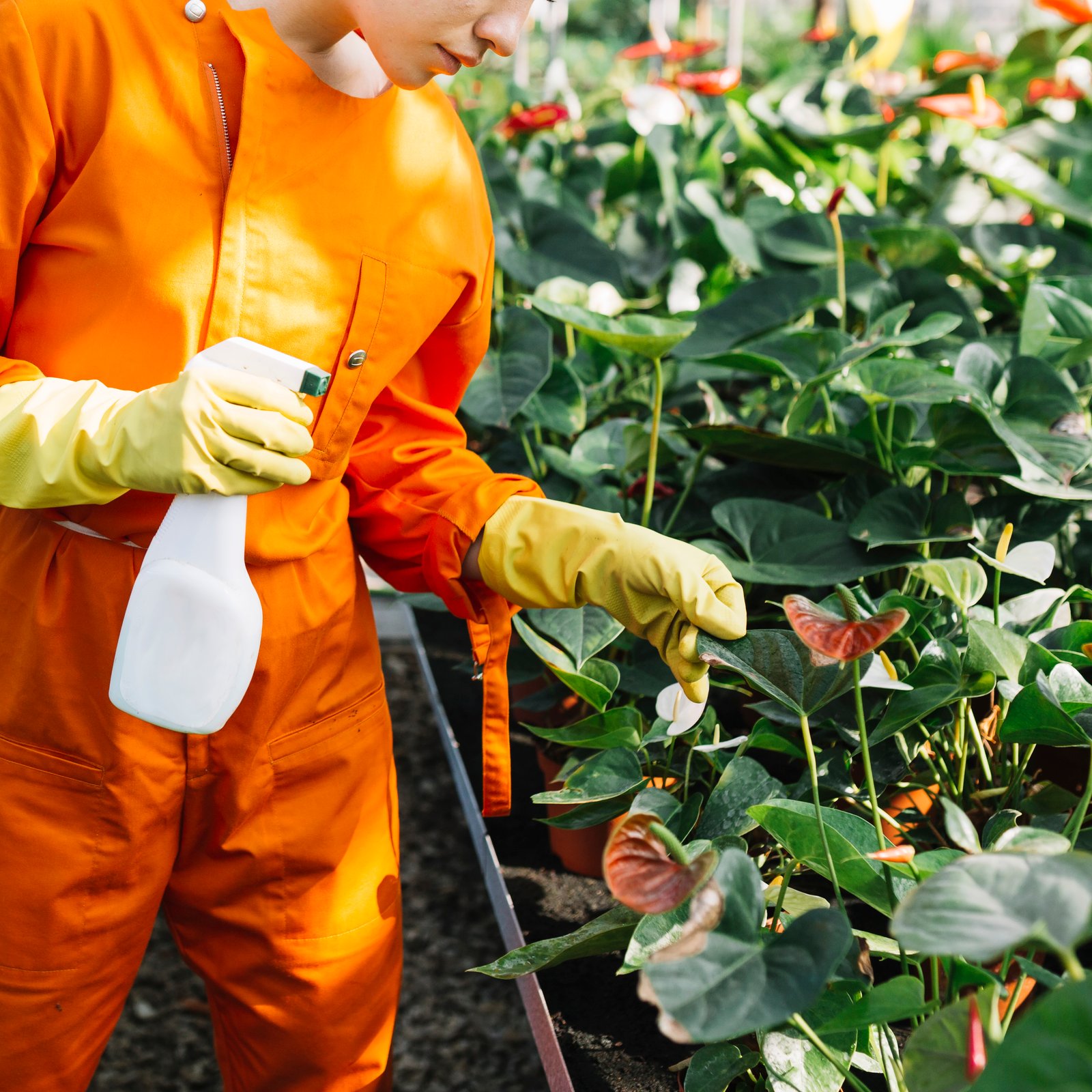
Citrus fruits are a vital part of agriculture, especially in states like California and Nevada. However, the health and productivity of citrus trees are threatened by various pests and diseases. Implementing an effective citrus pest and disease prevention program is crucial for maintaining healthy trees and abundant fruit production. This comprehensive guide will explore key strategies for managing common pests and diseases affecting citrus trees, with a focus on integrated pest management (IPM), identification, and control methods.
Understanding Common Citrus Pests and Diseases
Asian Citrus Psyllid and Brown Citrus Aphid
Two of the most notorious pests in citrus agriculture are the Asian citrus psyllid and the brown citrus aphid. These pests not only damage the trees directly but also transmit deadly diseases. The Asian citrus psyllid is infamous for spreading Huanglongbing (HLB), a devastating disease for citrus trees. Similarly, the brown citrus aphid is a known vector for Citrus Tristeza Virus (CTV), severely impacting citrus production.
Diseases Affecting Citrus Trees
Citrus trees are susceptible to various diseases, with some of the most common being root rot, canker, and greening. Diseases can be fungal, bacterial, or viral and require different management strategies. Early identification and prompt treatment are key to controlling these diseases.
Integrated Pest Management (IPM) Approach
Fundamentals of IPM in Citrus Agriculture
IPM is a holistic approach that combines various management strategies to control pests and diseases in the most environmentally friendly way. It focuses on long-term prevention and involves monitoring, identification, and employing multiple control methods.
Pest Identification and Monitoring
Regular monitoring and accurate identification of pests and diseases are the first steps in an effective IPM program. Farmers and gardeners should familiarize themselves with the life cycles and behavior of common citrus pests like aphids, psyllids, and insect larvae.
Cultural and Biological Control Methods
Promoting Tree Health
Healthy citrus trees are more resistant to pests and diseases. Proper irrigation, fertilization, and pruning practices play a crucial role in maintaining tree vigor.
Utilizing Beneficial Insects
Biological control involves using natural enemies of citrus pests, like ladybugs and parasitic wasps, to reduce pest populations. This method is a key component of sustainable pest management in citrus orchards.
Chemical Control: A Last Resort
Selective Use of Pesticides
When non-chemical methods are insufficient, selective use of pesticides may be necessary. It’s important to choose products that are effective against the specific pest or disease while minimizing harm to beneficial organisms and the environment.
Citrus Tree Pest and Disease Management in California and Nevada
Region-Specific Challenges and Solutions
California and Nevada have their unique sets of challenges in citrus pest and disease management. Adapting the prevention program to local conditions, pests, and disease prevalence is essential for success.
Conclusion: A Comprehensive Approach to Citrus Pest and Disease Management
A successful citrus pest and disease prevention program requires a comprehensive approach, incorporating IPM strategies, regular monitoring, and employing cultural, biological, and, when necessary, chemical control methods. By understanding the common pests and diseases that affect citrus trees and implementing a tailored prevention program, growers can ensure the health and productivity of their citrus orchards for years to come.



